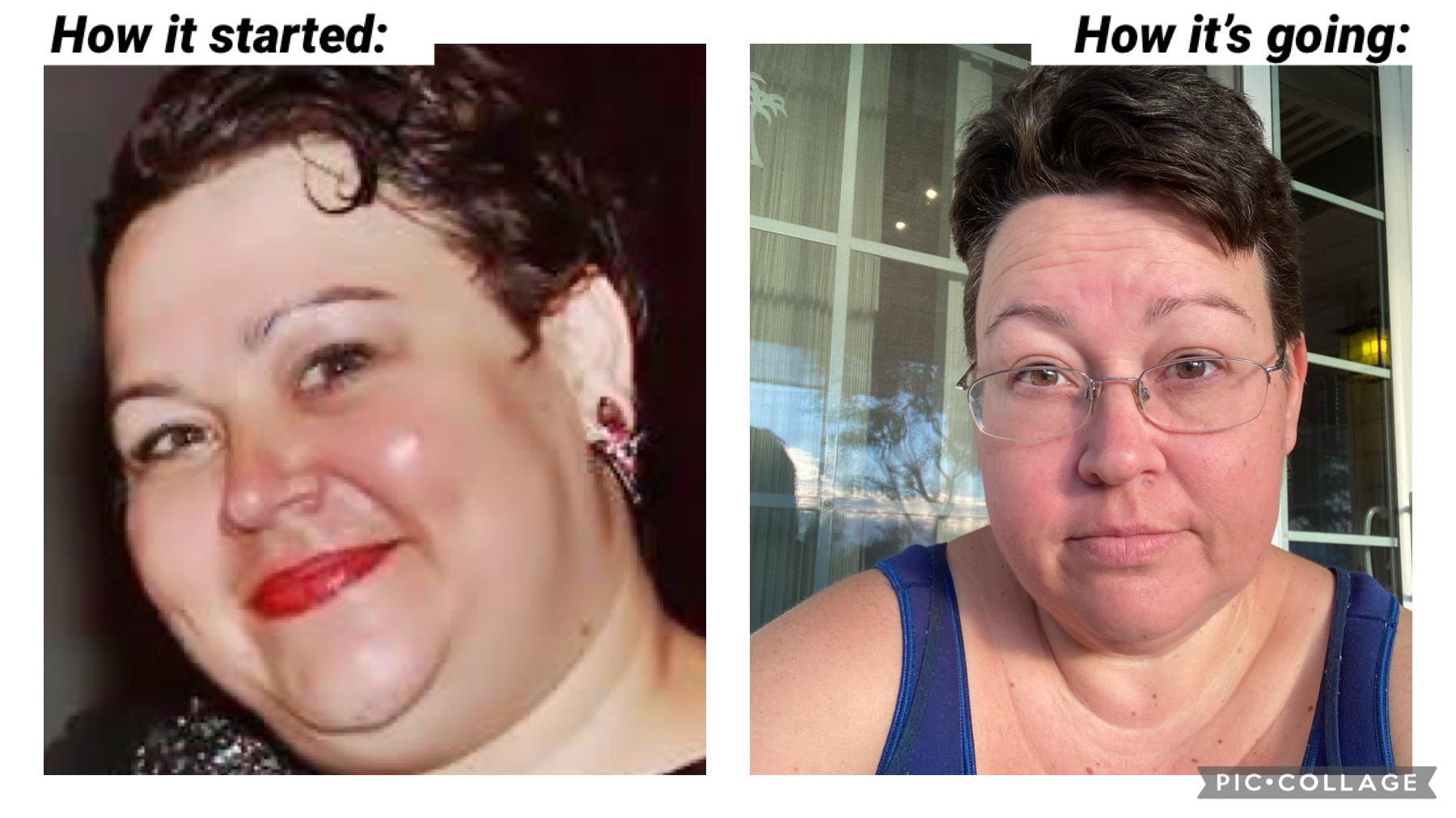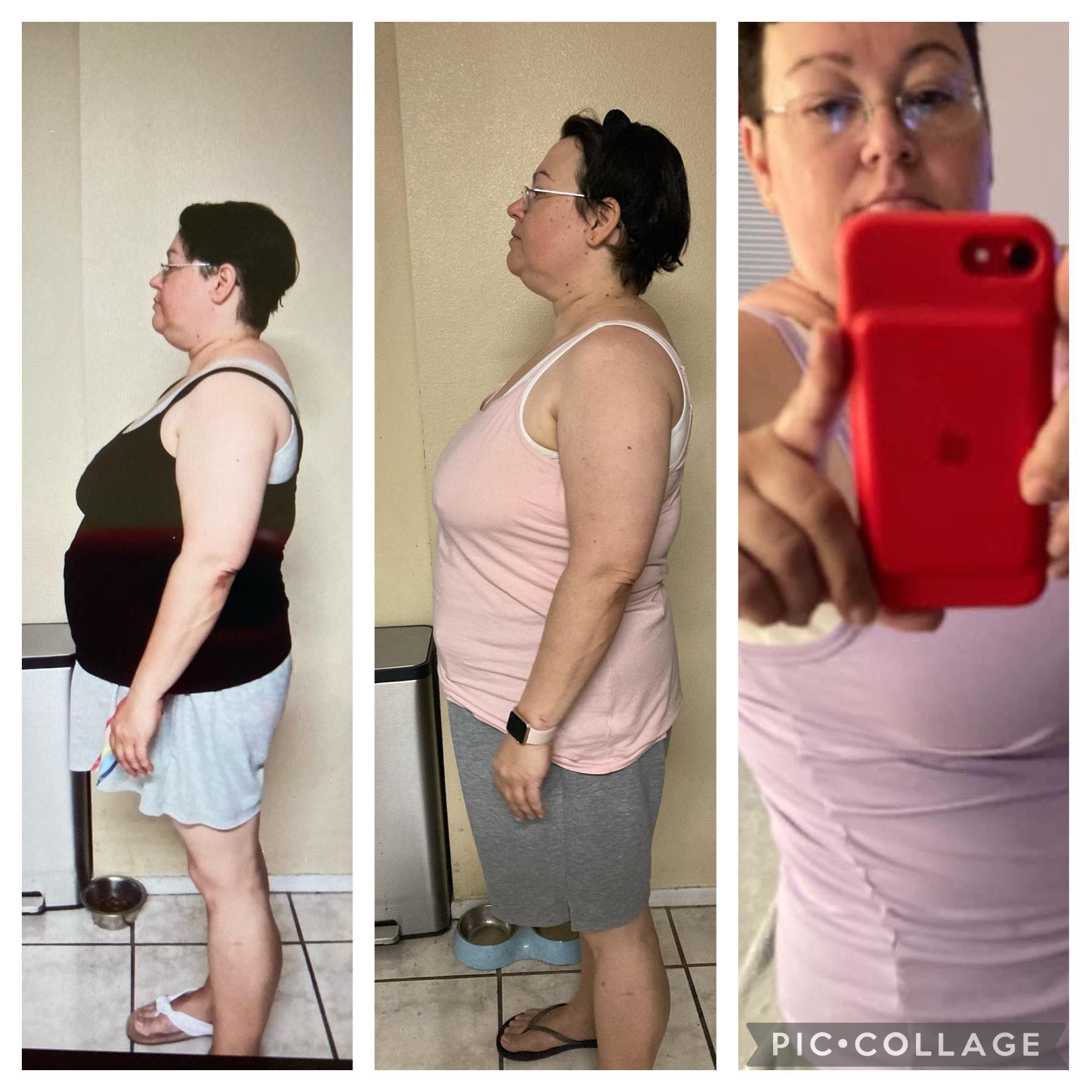Keto top 10

Blog image created with Canva
This is the standard I personally follow. There are other variations, depending on your goals, but this list is a guide to optimal nutrition and decreased inflammation.


I compiled this list using information from Ken Berry MD, Dr. Sten Ekberg, and Jason Fung MD. They are great resources!
The PROPER HUMAN DIET (11 Concepts You Need) 2021 - Dr. Ken Berry MD
How Long Does It Take To Reverse Insulin Resistance? - Dr. Sten Ekberg
I also follow Rob Cywes M.D. PhD, religiously! His videos are like pringles!!! Seriously! WATCH THEM!
Ep:74 BEING IN KETOSIS IS USELESS! It's all about fat adaptation. - by Robert Cywes
Ep:11 The Eskimos - by Robert Cywes
Ep:49 Why Keto and Carnivore Diets fail 98% of the Time - by Dr. Rob Cywes the #CarbAddictionDoc
Ep:134 RED MEAT: ALL YOU EVER NEED TO KNOW - by Robert Cywes
- Cut out ALL sugar including candy, soda, fruit, and fruit juices. Cut out ALL grains (including wheat, rice, oats, corn, etc.), that includes ALL breads and pastas. Cut out potatoes. Stop using ALL toxic hydrogenated vegetable and seed oils, and ALL processed foods labeled low/non, or reduced fat.
- Eat only low glycemic, leafy green, or cruciferous vegetables (salad greens, cucumber, broccoli, cauliflower, cabbage, etc.). Also pickles, olives, and avocados. Eat fattier cuts of meat, fatty fish like salmon, bacon, eggs, full fat cream, sour cream, and cheese. Eat lots of healthy fat like butter, ghee, 100% olive oil, coconut oil, and avocado oil. Use nuts, seeds, and small amounts of berries sparingly and infrequently. Some people are lactose intolerant and may need to restrict or eliminate dairy. (Keto CAN be done without consuming dairy).
- Eat only when hungry. Stop when satiated. NO snacking!(snacking is ALWAYS an "emotional" event). Eat 3 meals per day within a 12 hour feeding window to start. Eventually once you are fully fat adapted, shrink your eating window until you are only eating 2 meals per day within a 6 hour feeding window. Many become OMAD (one meal a day) eventually, but this isn't a requirement.
- Gradually reduce your carbohydrate intake to under 50g per day. To be KETO, do under 20g, which will help put you into ketosis. Start with net grams, but switch to total grams once fat adapted. Carbohydrates are not essential. However there are small amounts found in certain whole foods and vegetables. Bottom line is: aim for zero. Incidental carb intake is going to happen, and as long as you are consciously avoiding them(especially if you are addicted to them), or if weight loss is a goal, you will see results!
- PROTEIN: This macronutrient requirement is a very debatable subject. Usually, people try to eat anywhere from 50 to 150 grams of protein per day or more, (based on your lean body mass times 0.8 or 0.9 if you are more active). These are only basic guidelines as no one can REALLY say exactly how much protein you "need". It differs from person to person. Dr. Berry says you can eat all you want, it will not spike insulin if consumed in large quantities, as gluconeogenesis is demand driven. Not supply driven. Dr. Cywes has different opinions on this and caution us to be mindful of our protein consumption, because any excess will be turned to glucose, therefore raising our insulin levels. I recommend testing it out for yourself and seeing how it affect you. My conclusion is that ONLY after interpreting your blood work, can your doctor make a recommendation on how much protein you need to eat every day. I have found that spacing out my protein consumption gives me the best blood sugar readings.
- ALWAYS eat enough healthy fat with each meal to feel completely full and satisfied. Like "I can't eat another bite!" full.
- Liberally salt all your food with a good quality sea salt (like Redmond's Real Salt or pink Himalayan) to insure you get at least two teaspoons every day (very important to avoid Keto flu). You can add a pinch to your drinks as well. You can also add 1/2 teaspoon per day of NuSalt brand salt substitute to get extra potassium.
- Get a good electrolyte supplement and be sure to take it every day (again very important to avoid Keto flu). Keto Lytes and LMNT are great brands, with properly balanced sodium, magnesium, and potassium. But there are plenty of other options to fit your preference. Gatorade, Powerade are not good sources of electrolytes. Also take 400 mg of magnesium glycinate every night before bed.
- Don't worry about calories so much in the beginning. Just concentrate on eating the right foods, staying at or under your carb limit, meeting your daily protein goal, and eating plenty of healthy fats. Fat is your friend. You will not overeat fat. When you've eaten enough healthy fat with a meal you'll know it and will stop eating naturally.
Bonus tip: saturated fat is your friend! - Don't waste your money on fancy "Keto" labeled products, they usually contain inflammatory ingredients. You also don't have to measure ketones in blood, breath, or urine. Although MCT oil has many benefits, you are not required to buy or use MCT oil or buy "Keto Coffee" (aka Bulletproof Coffee or BPC).
This is what I follow for weight loss, but realized that it was healing my body as well. In addition to losing over 50lbs. in only 3 months, and being in remission from HS, It's begun to help better manage my T2D, and healed a plethora of other ailments like indigestion and poor gut health. My A1C was 11.9 on January 15th. After only 2 months (60 days) of a ketogenic diet, my A1C was 6.6. It's now 6.1.
Best thing I ever did for myself. I've got a long way to go, but I'm enjoying my journey!
Written by Amy Lewis
Published October 23rd, 2021